For example, with a 60-inch TV, the cheapest one is only 2999 yuan, while the more expensive one is 11999 yuan, which is still under the same brand. So where is the difference in TV prices? Let us read them one by one.
Imported or domestically produced-panel brandFirst of all, the price of LCD panel in a TV is very large, and the panel is generally China, South Korea, Japan, Taiwan Province, etc. on the screen. Among them, the quality of Japanese and Korean panels is relatively good, especially LG Display and Sharp panels. . Nowadays, some brands claim that they use a variety of original panels. Regardless of whether they are true or false, the panels themselves are also different in quality and quality. There are also big differences between high-end panels and entry-level models. Of course, the resolution and other indicators are the same. But the color gamut and light leakage control are quite different.
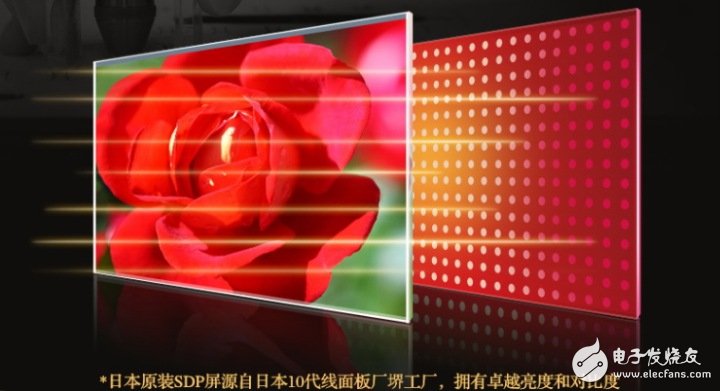
In addition to Samsung, LGD, and Sharp, AUO, Chi Mei/Innolux in Taiwan, China Star Optoelectronics, BOE, etc. are all LCD panel giants. Some entry-level TVs will choose local enterprise products in order to reduce costs, although they may not be of poor quality. But the price is cheaper.
Is there any difference between the panels of the same brand? The answer is that there must be, high-end panels are much better than entry-level products in terms of physical performance, color, response speed, and light leakage control. The reason why many Internet TV prices can be kept so low is largely because the panel quality used is average, the light leakage control is poor, and the picture is seriously gray and uneven under dark images. High-end TVs are usually carefully selected products, which are much stronger in terms of quality control and picture quality effects.
Beautiful and magnificent-picture color
The picture performance is reflected in many aspects. The definition is basically the same at the same resolution, mainly in the picture color, brightness, HDR, local light control and other aspects. Taking the color gamut as an example, the entry-level TV may not pursue performance, so the picture is faint or simply increase the saturation to give people the feeling of bright colors, but in fact it is completely two things with the color gamut. In order to pursue color gamut, high-end TVs will choose to use quantum dots and other technologies to achieve more than 100% NTSC color gamut. After mid-range TVs use wide color gamut technology, it may only be about 90%, while entry-level TVs have 70% NTSC coverage. . Of course, you get what you pay for, and wide-color gamut backlight components such as quantum dots are not cheap.

In addition to the quantum dot film in the backlight assembly, local light control is also very important. The local light control technology used in high-end TVs divides the backlight into as many as possible, and the processor operates the corresponding regional backlight according to the image information. The solid line is small. Brightness operation of the area. The more partitions, the higher the cost, but the better the effect. It is worth mentioning that each pixel of OLED TV is a light source, so 4K OLED can achieve 8.29 million pixels to control light. In terms of LCD, Hisense has already achieved partition control capabilities. 1,000, and some Japanese brands also have more than 200 control zones. The side-lit backlight has only a small number of light sources on the side, so it has a poor light control ability and cannot perform fine control of the screen brightness. Of course, the side-lit backlight can make the TV thinner, and the key is cheaper.
Light and Shadow Magic-HDR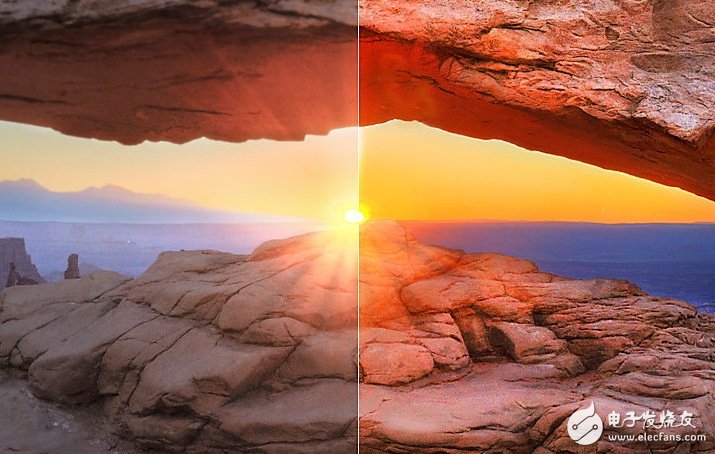
At present, HDR technology is very popular. Compared with ordinary SDR TVs, HDR technology can show the bright and dark details in the picture, which greatly improves the color quality of the picture. However, the current HDR technology of many entry-level TVs can only achieve the decoding level. Due to the lack of key super-brightness and local light control capabilities, the effect of this type of HDR TV is very limited. The HDR technology of high-end TVs has HDR10 and Dolby Vision technology. It can also rely on fine control of light to achieve a localized brightness effect, which fully presents the HDR image quality, but on the other hand, the high-brightness backlight system consumes a lot of power. The price is also very high, so generally only high-end TVs will be realized without considering the thickness and cost.
Faster and smoother-performance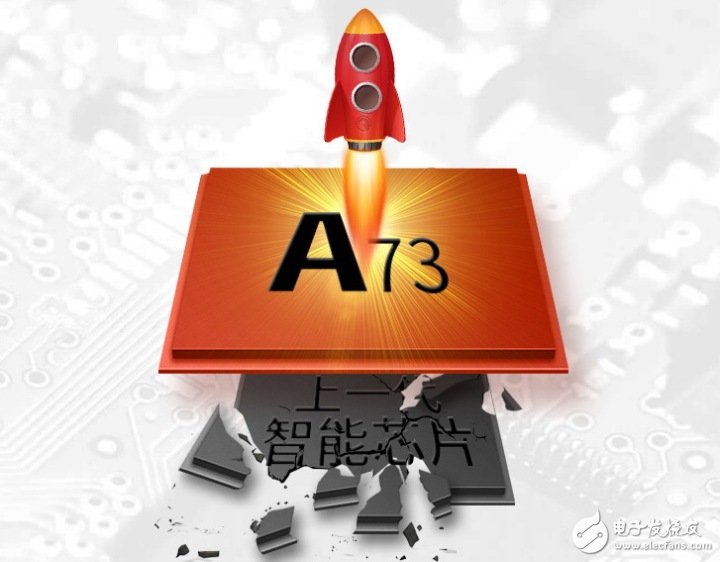
The performance mentioned here is mainly the hardware configuration of the smart TV, which is mainly based on CPU, GPU and memory. At present, the processors of mainstream TVs mostly use chips such as Morningstar Semiconductor, Jingchen Semiconductor, and HiSilicon. In addition, there are multiple architectures such as A53 and A73, which are basically the same as mobile phone processors in this respect, but smart TV processors more often perform multimedia processing, so they are relatively weak in system operations. This year, some manufacturers have invested in A73 architecture multi-core processors, cooperating with other GPU processors, co-processing, etc., totaling more than 30 cores, and significantly improving computing performance. On the other hand, entry-level products mostly use A53 architecture, quad-core or dual-core processors. Due to the old architecture and weaker performance, this type of TV often suffers from freezing problems.
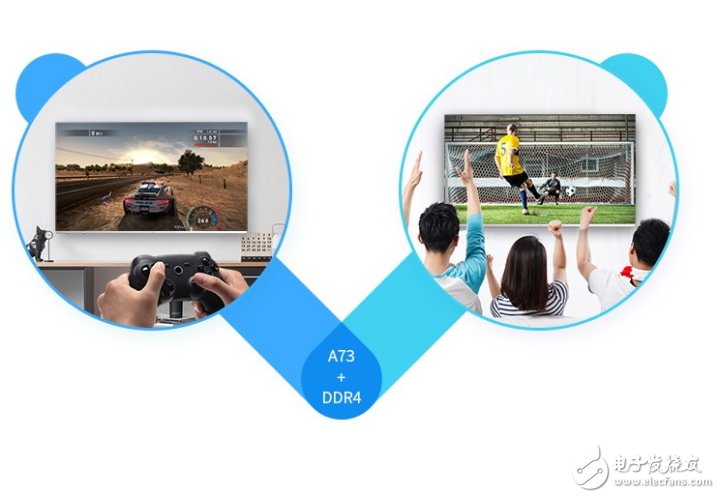
In addition, high-end TVs often use 3GB or even 4GB of storage. Large-capacity storage has many advantages for background operation. Most entry-level TVs are mainly 1GB or 2GB storage. It is not surprising that you encounter lag when operating APP or even the system.
Fine workmanship-appearance detailsNowadays, the homogeneity of TV can be said to be quite serious. In order to find out where the products are differentiated, some big brands have begun to start with the appearance and re-examine the product design. For example, curved screens.
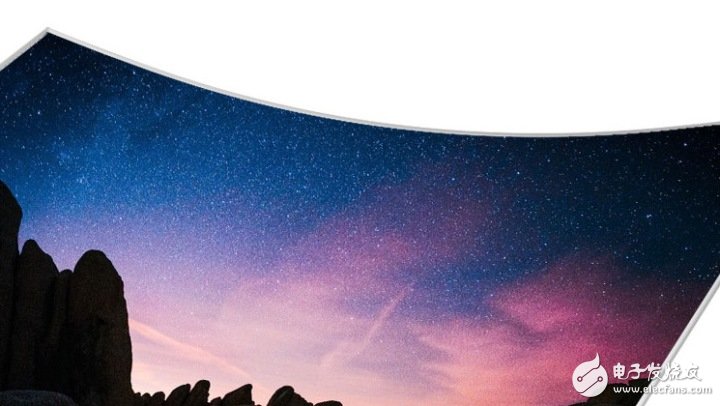
The concept of curved surfaces has been hyped for many years. With the improvement and maturity of technology, the price of curved TVs has been greatly reduced. Some entry-level 55-inch curved TVs are only 3,000 yuan. However, in general, it is slightly more expensive than flat-screen TVs, but considering the actual use needs, the choice of curved and flat surfaces is best based on the daily audience. However, curved surfaces are also very popular in the early high-end market, mainly because manufacturers add curved surfaces to top products to better highlight the selling points of the products.
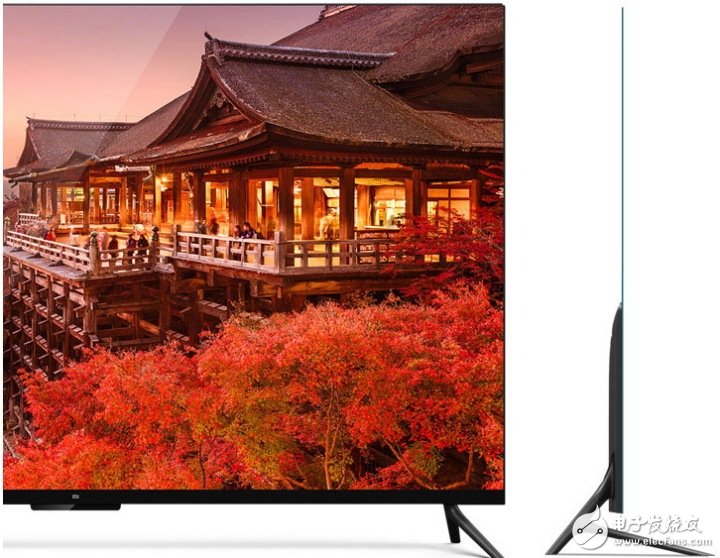
In addition to the curved surface, the ultra-thin design was very popular last year. For a while, Internet TV brands such as Micro Whale and Xiaomi even achieved the thinnest part of LCD TVs to the level of 4.9 mm, which is the same as the Sony X9000C. However, a thin design is not a good thing. On the one hand, it is relatively broken, and on the other hand, it is very expensive. And entry-level TVs generally only control the thickness to about 10mm, even if it is very thin, and it can also control the cost.

In addition, this year, the concept of full screen has also been developed with the help of mobile phones. The narrower the frame, the larger the screen-to-body ratio, which means that the TV can be made smaller under the same panel size, and the screen-to-body ratio is super large for users. It means that the human vision is better. For example, Skyworth has introduced some TVs that use GOP and D-LED bonding technology, and the thickness of the frame has been greatly reduced by improving the manufacturing process. The new generation of TV has introduced the concept of full screen 2.0, and further reduced the thickness of the frame. These processes require high costs to support, and of course they will bring better visual effects. On the contrary, entry-level TVs mostly use ordinary narrow edges or even plastic frames. The thicker thickness gives people a feeling of not sharp enough, and the screen-to-body ratio is relatively low.
Shocking on-site experience-speakers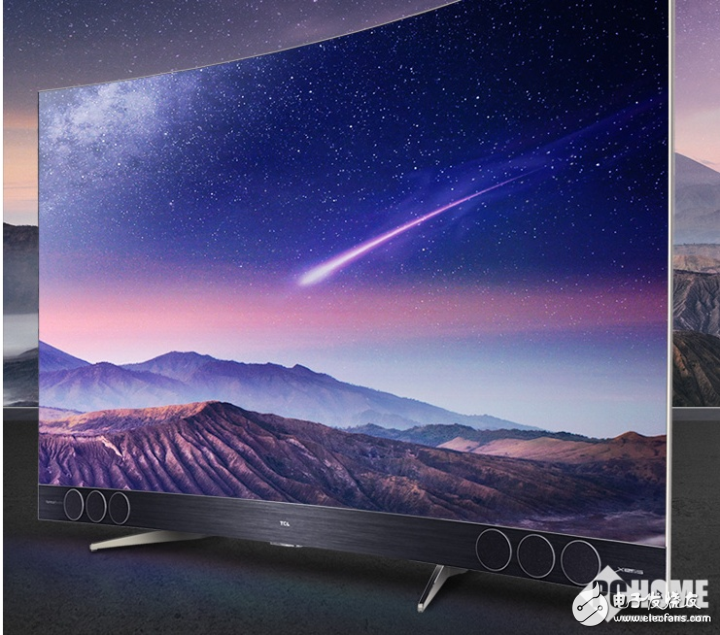
Sound effects are currently pursued by many TVs. The difference is that entry-level TVs may use software and hardware processing technology to achieve, or use some built-in speakers with good effects. High-end TVs rely more on high-performance speaker components, such as certified speakers such as JBL and Harman Kardon. In particular, the appearance of down-mounted SoundBar and independent speakers has greatly improved the problem of poor performance of the TV’s built-in speakers. However, the cost of external speakers is higher and will eventually be apportioned to users, which also causes the price differentiation of LCD TVs.
Ceramic capacitor (ceramic capacitor);Ceramic condenser) is also known as porcelain capacitor or monolithic capacitors.As the name implies, ceramic dielectric vessel is a ceramic capacitor with dielectric material.According to different ceramic materials, this kind of capacitor can be divided into low-frequency porcelain dielectric vessel with capacity of 1-300 pF and high-frequency porcelain dielectric vessel with capacity of 300-22 000 pF.According to the structure type classification, can be divided into picture capacitor, tubular capacitor, rectangular capacitor, chip capacitor, piercing capacitor and so on.
Ceramic Capacitor,White Ceramic Capacitor,Smd Ceramic Capacitor,Multilayer Chip Ceramic Capacitor
YANGZHOU POSITIONING TECH CO., LTD. , https://www.cnfudatech.com